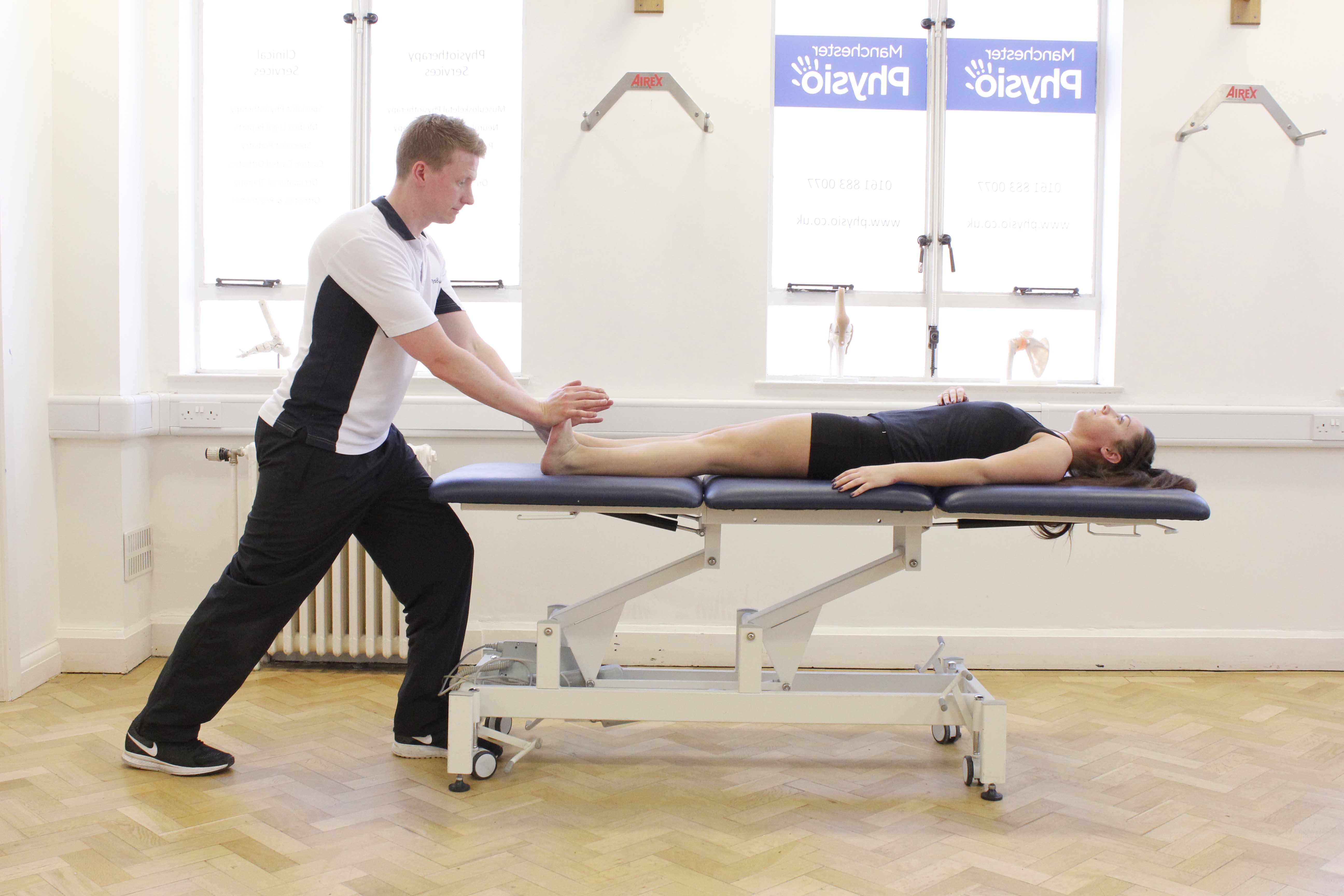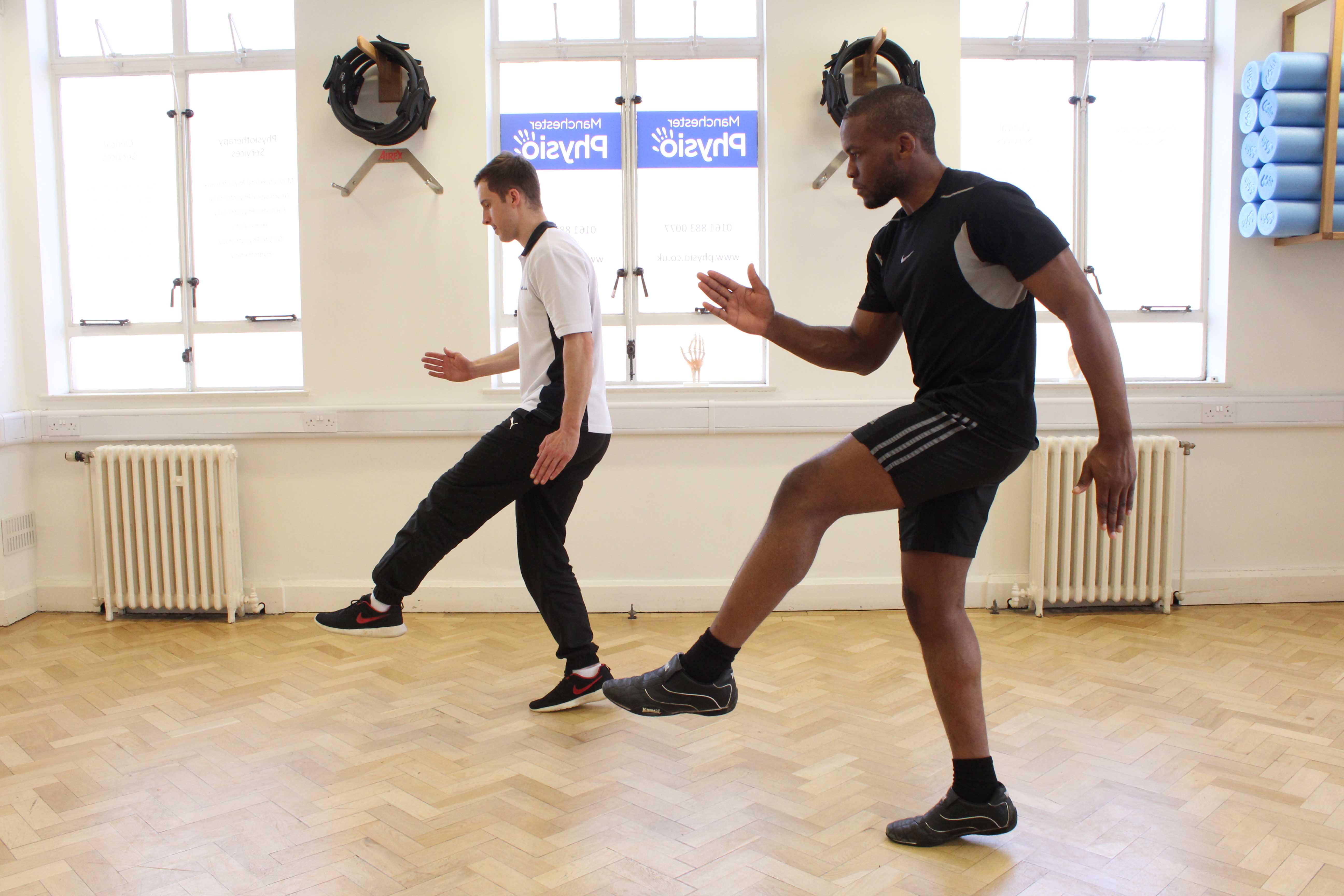What are shin splints?
The pain occurs due to inflammation and micro-trauma that occurs at the muscle tendons that attach to the shin bone. The muscles that are affected act as stabilising muscles for the foot and ankle as we run. This is usually a condition that develops over time and due to poor running mechanics rather than as a result of a traumatic injury, and it usually occurs in both legs.
Why do shin splints occur?
During foot contact with the floor our stabilising muscles contract to maintain stability through the foot and the ankle. As these muscles have tendons that attach to the shin, some traction is applied to the outer layer of the shin bone (periosteum) by these muscles. Over the duration of a run this becomes repetitive and stresses these tissues and can result in damage and inflammation in the muscle attachments and in the outer most layer of the shin bone (tibia).
There are several possible factors that may cause shin splints, including:
- Training errors
- Hill running
- Hard running surfaces
- Muscle dysfunction
- Fatigue
- Abnormal biomechanics
 Above: Stretch of gastrocnemius and soleus muscle, relieving pressure on tibialis anterior muscle
Above: Stretch of gastrocnemius and soleus muscle, relieving pressure on tibialis anterior muscleWhat are the symptoms of shin splints?
Pain over the front of the shins at the onset of a run is the main symptom of shin splints. This often reduces after warming-up. After exercising, the pain often returns over the next 48 hours. Other symptoms may include:
- Tenderness over the inside border of the shin bone
- Thickening of soft tissue over the inside border of the shin bone
- Reduced range of movement
- An altered gait (limping)
 Above: Our physiotherpaist providing advice on technique following a biomechanical assessment.
Above: Our physiotherpaist providing advice on technique following a biomechanical assessment.Biomechanical analysis for shin splints
In runners, abnormal running mechanics is often the underlying cause of shin splints. These altered biomechanics can result in these stabilising muscles working excessively hard and over-contracting, causing increased load to the tendons and shin bone. Common biomechanical abnormalities include:
- Heel striking
- Over-striding
- Excessive over-pronation (inward rolling of the feet)
- Excessive knee valgus posture (knocking knees)
- Poor hip and pelvis control
- Tight calves
To arrange a biomechanical running assessment with one of the specialist physiotherapists, please call Physio.co.uk on 0330 088 7800 today. Alternatively, book an appointment online using our online booking system

 0330 088 7800
0330 088 7800





































